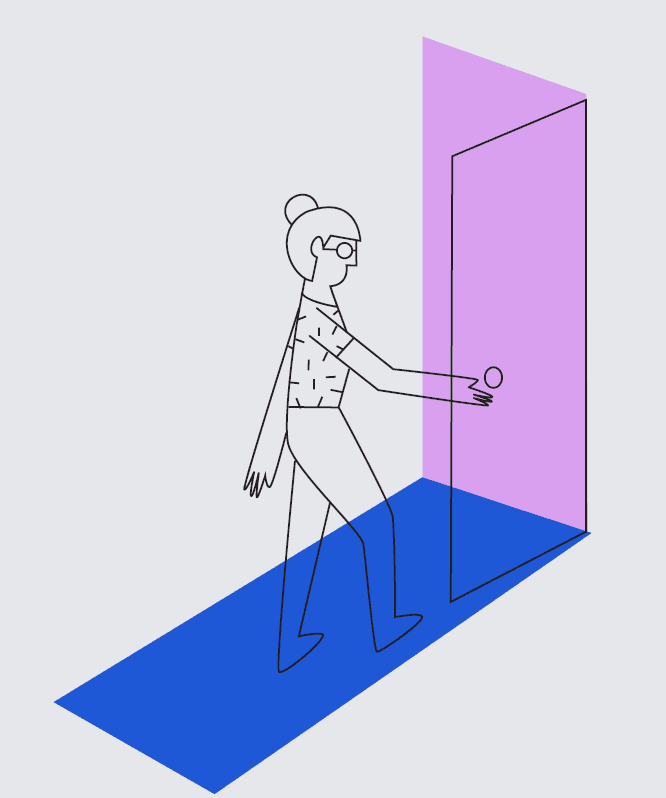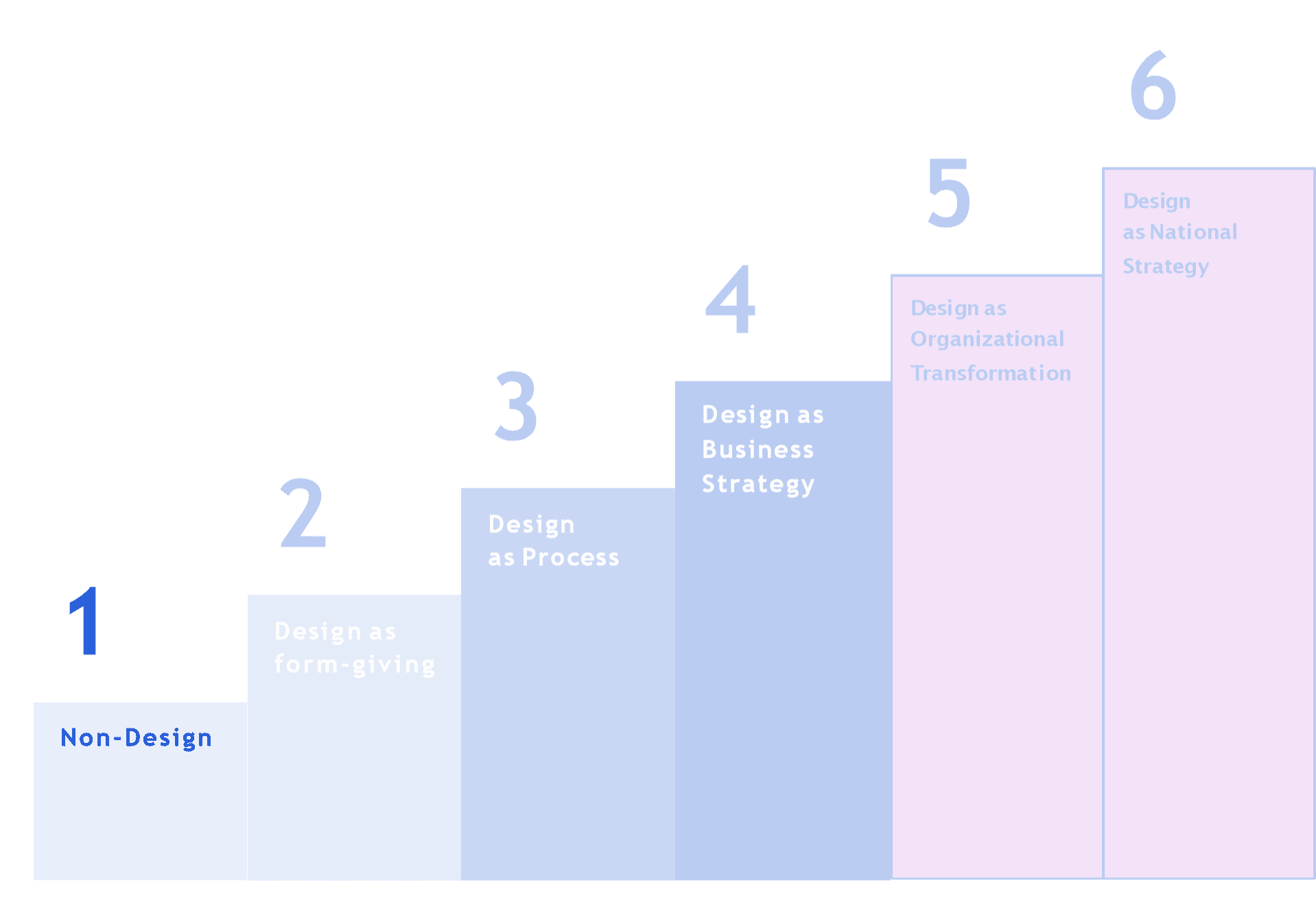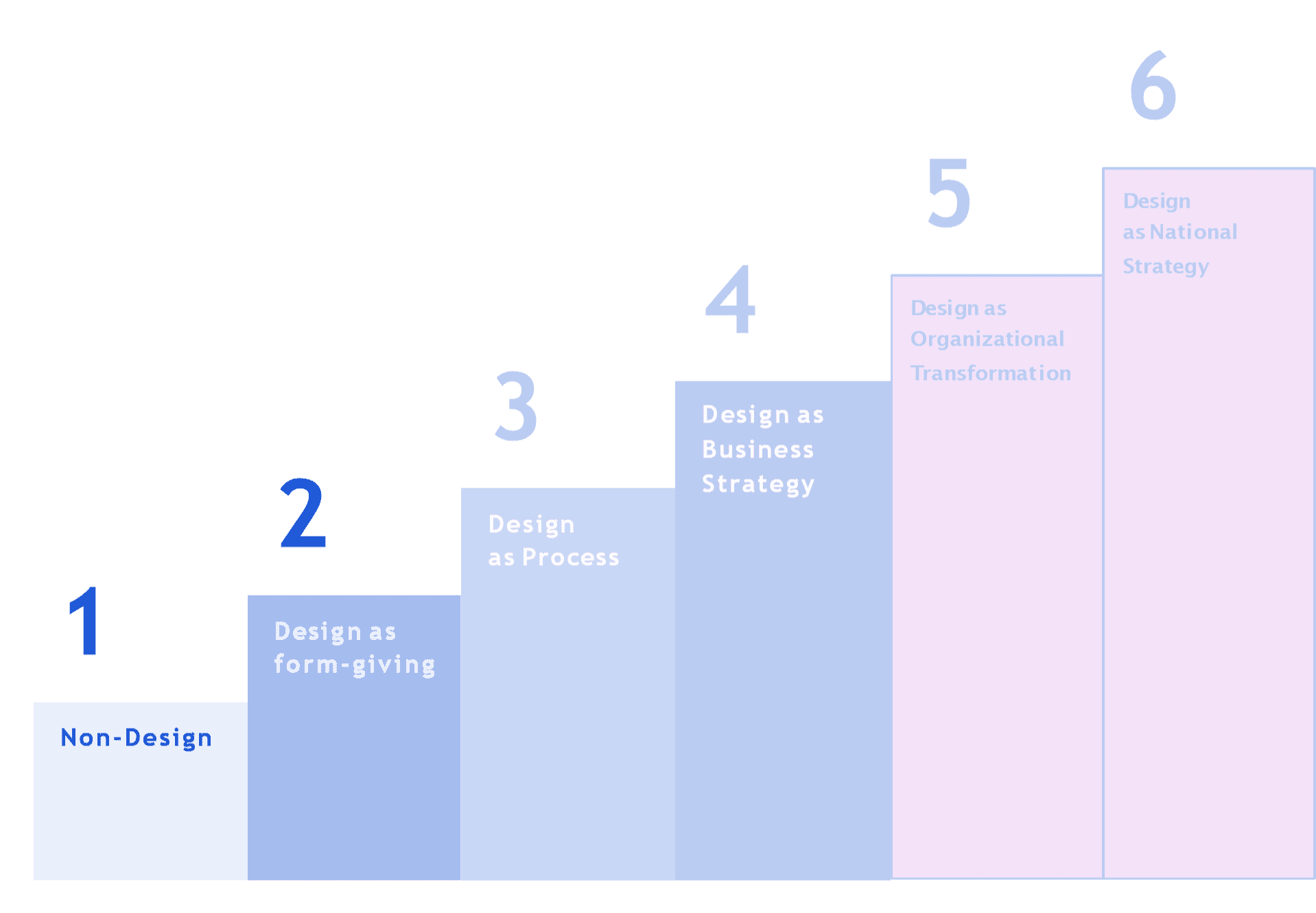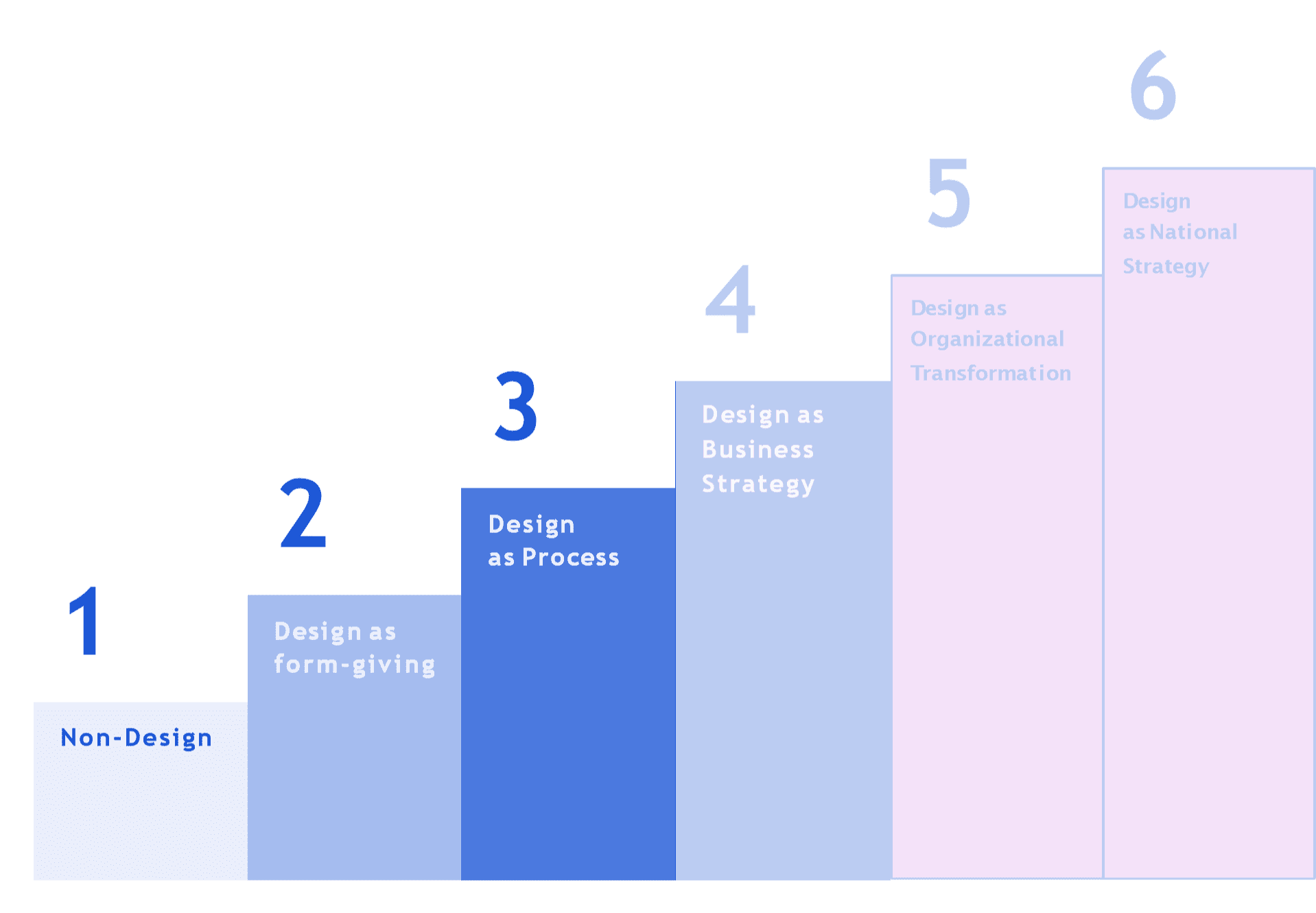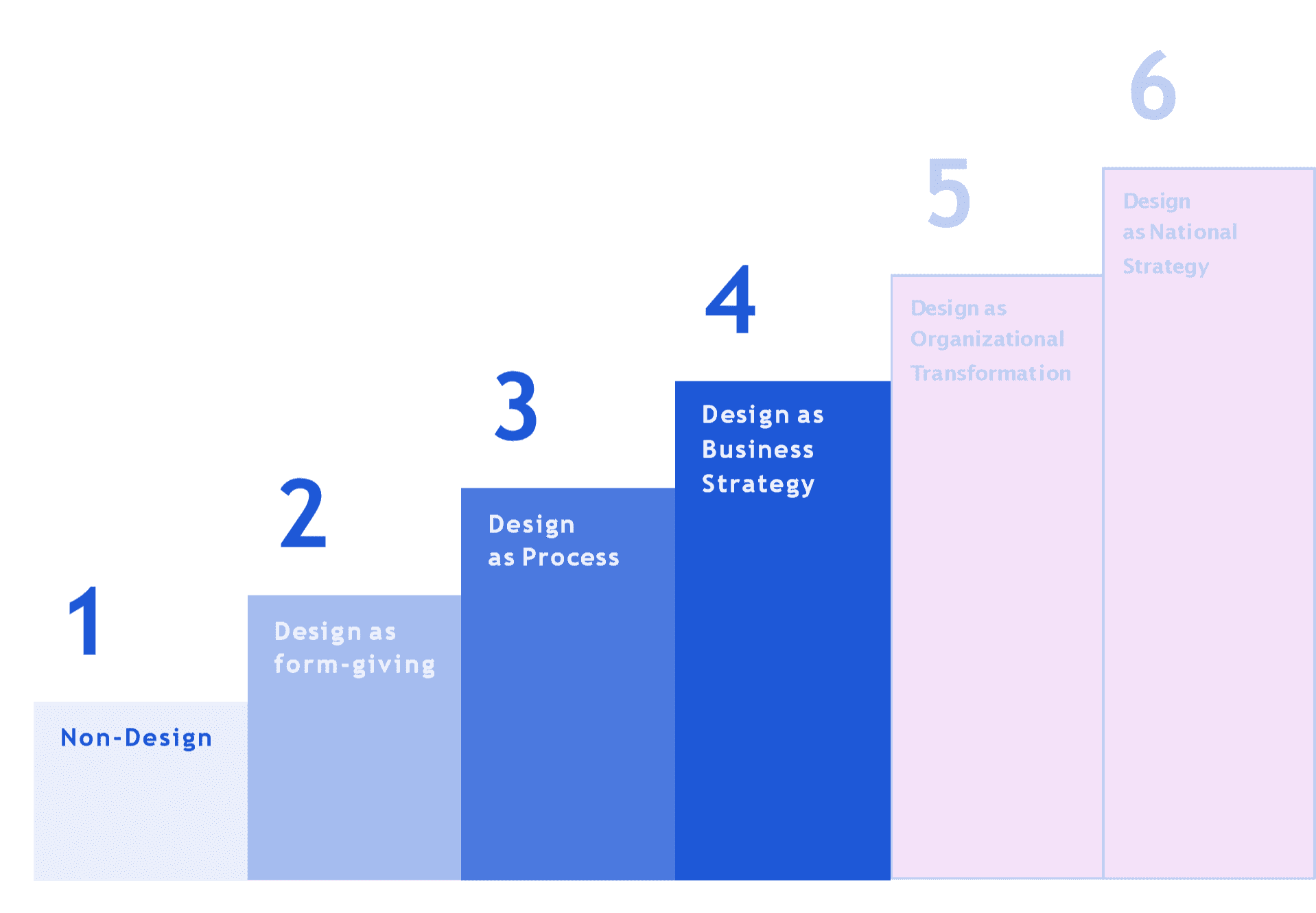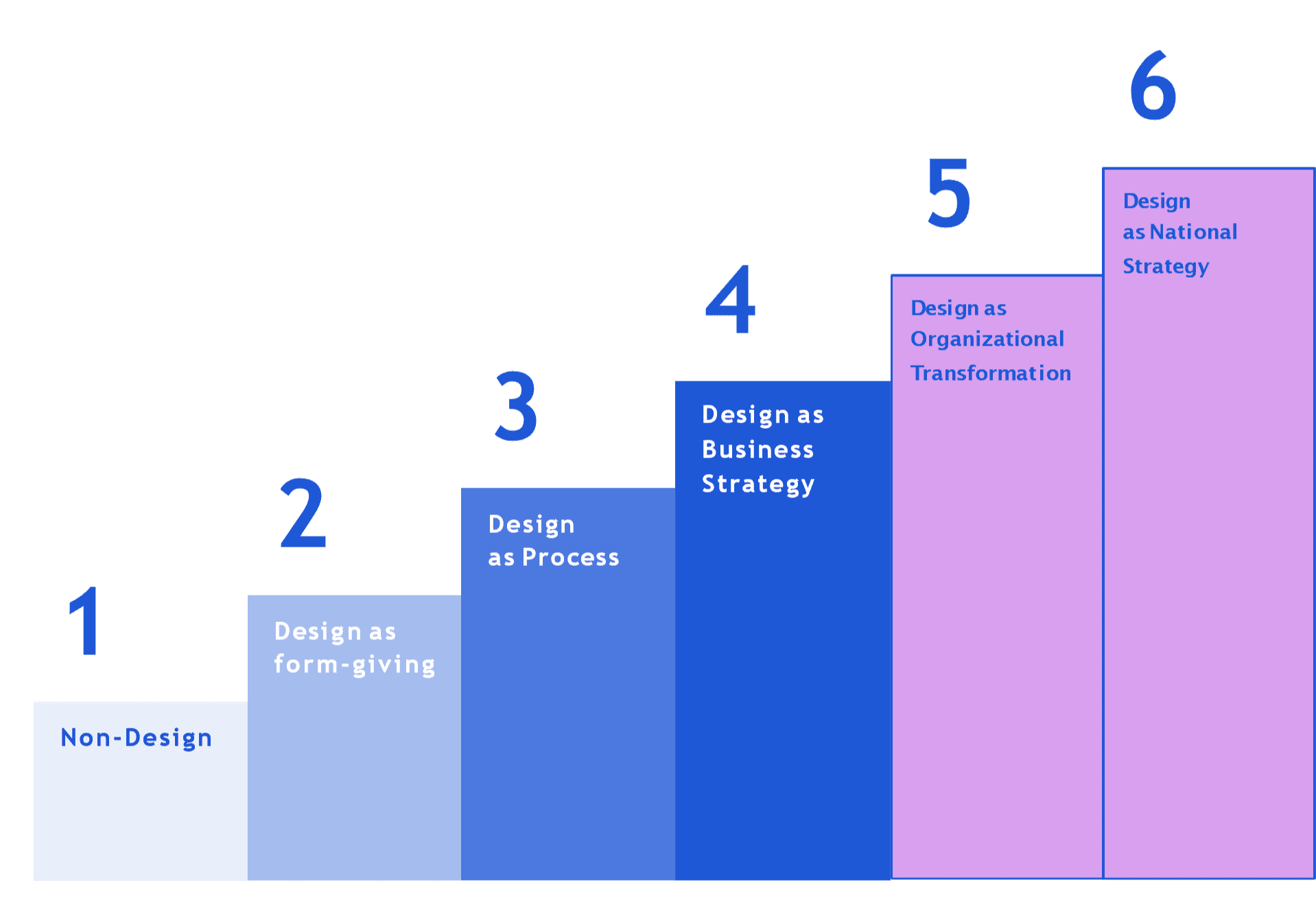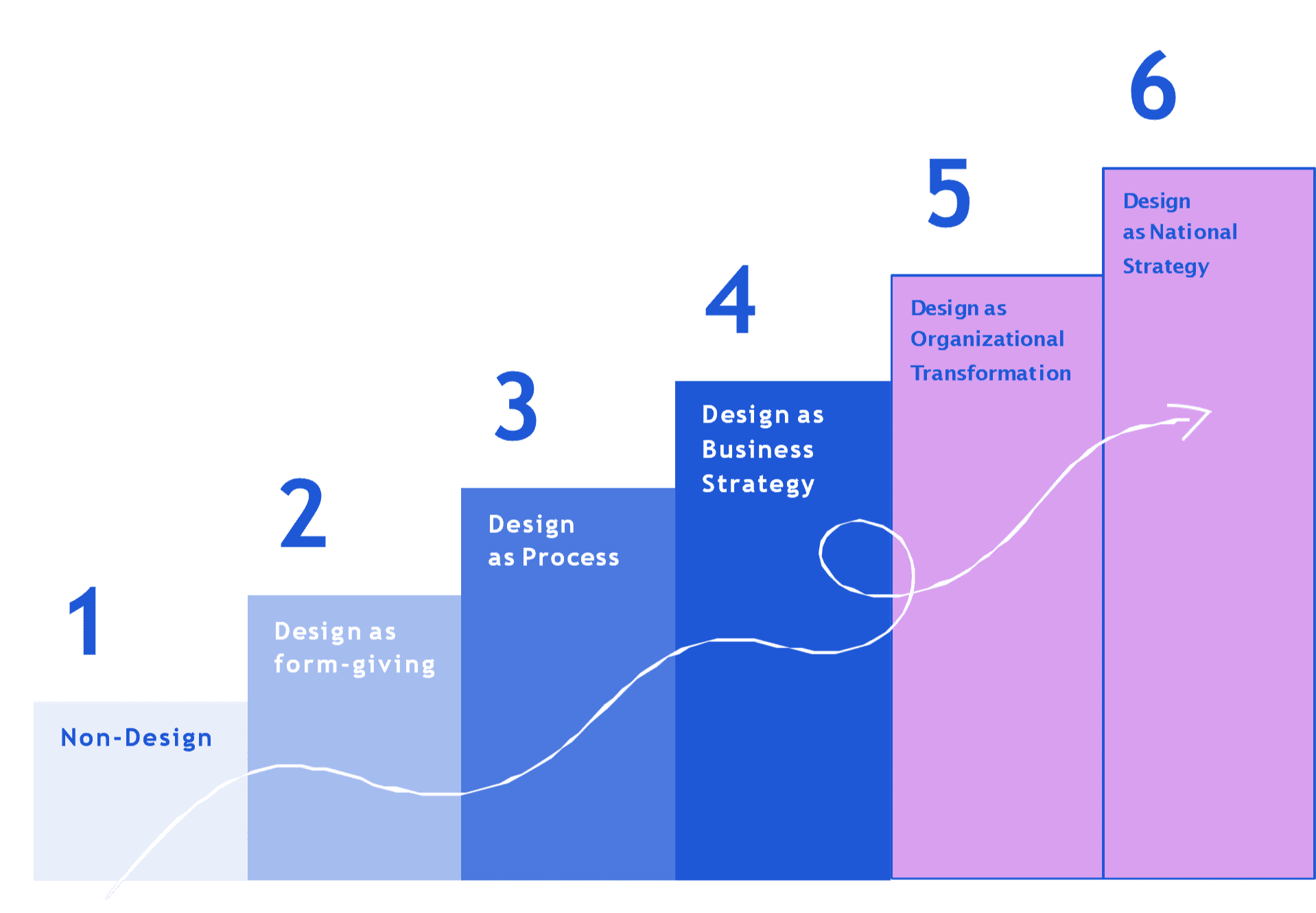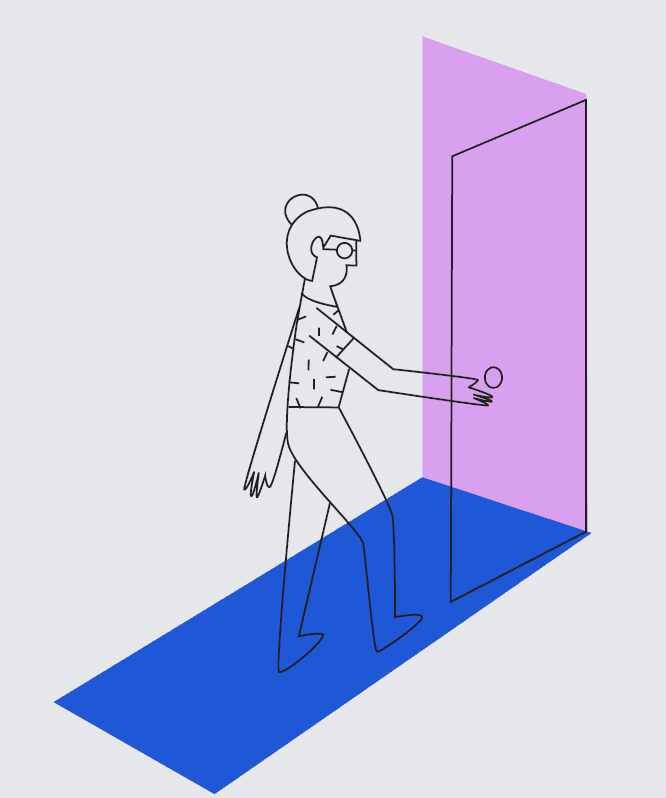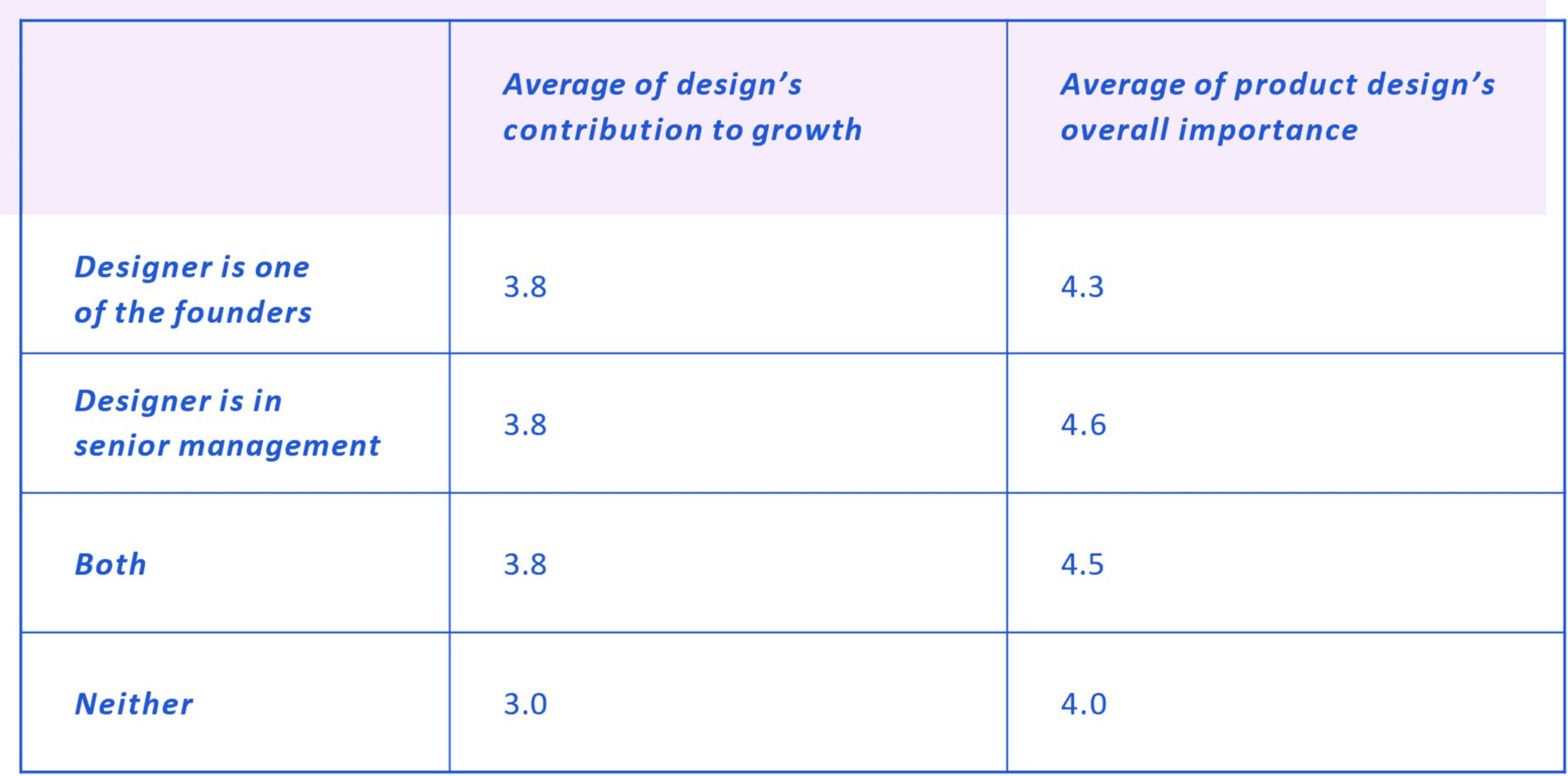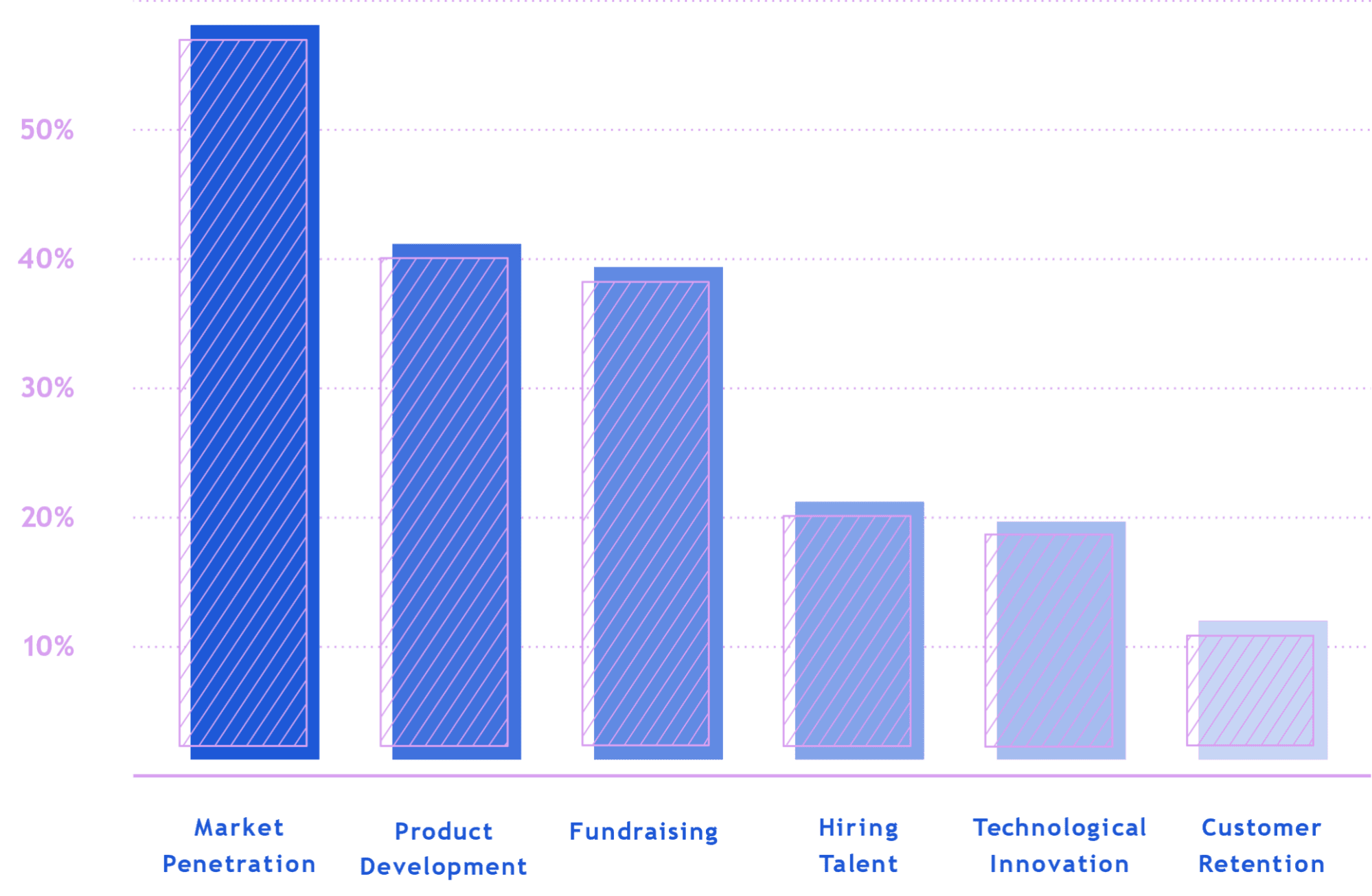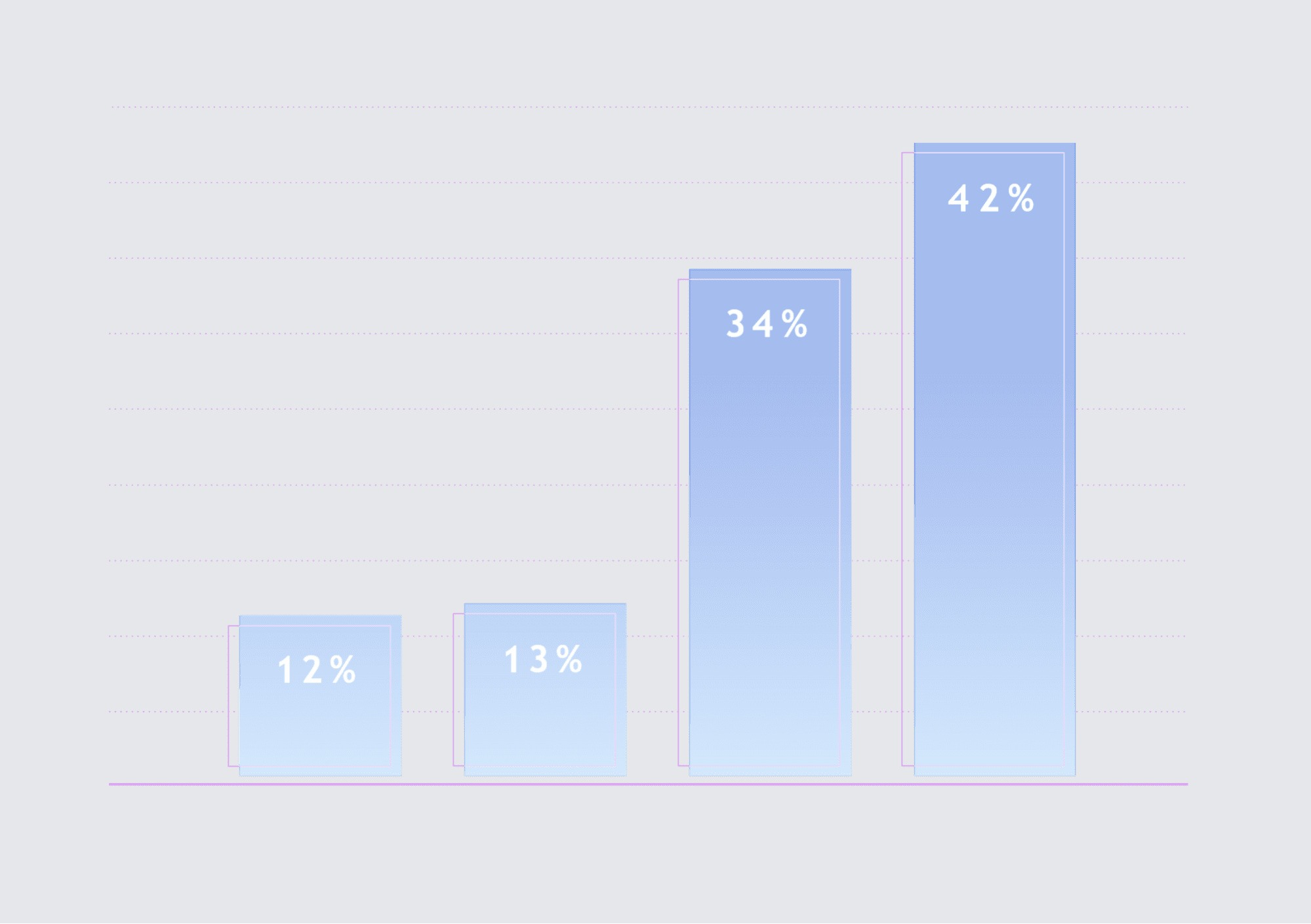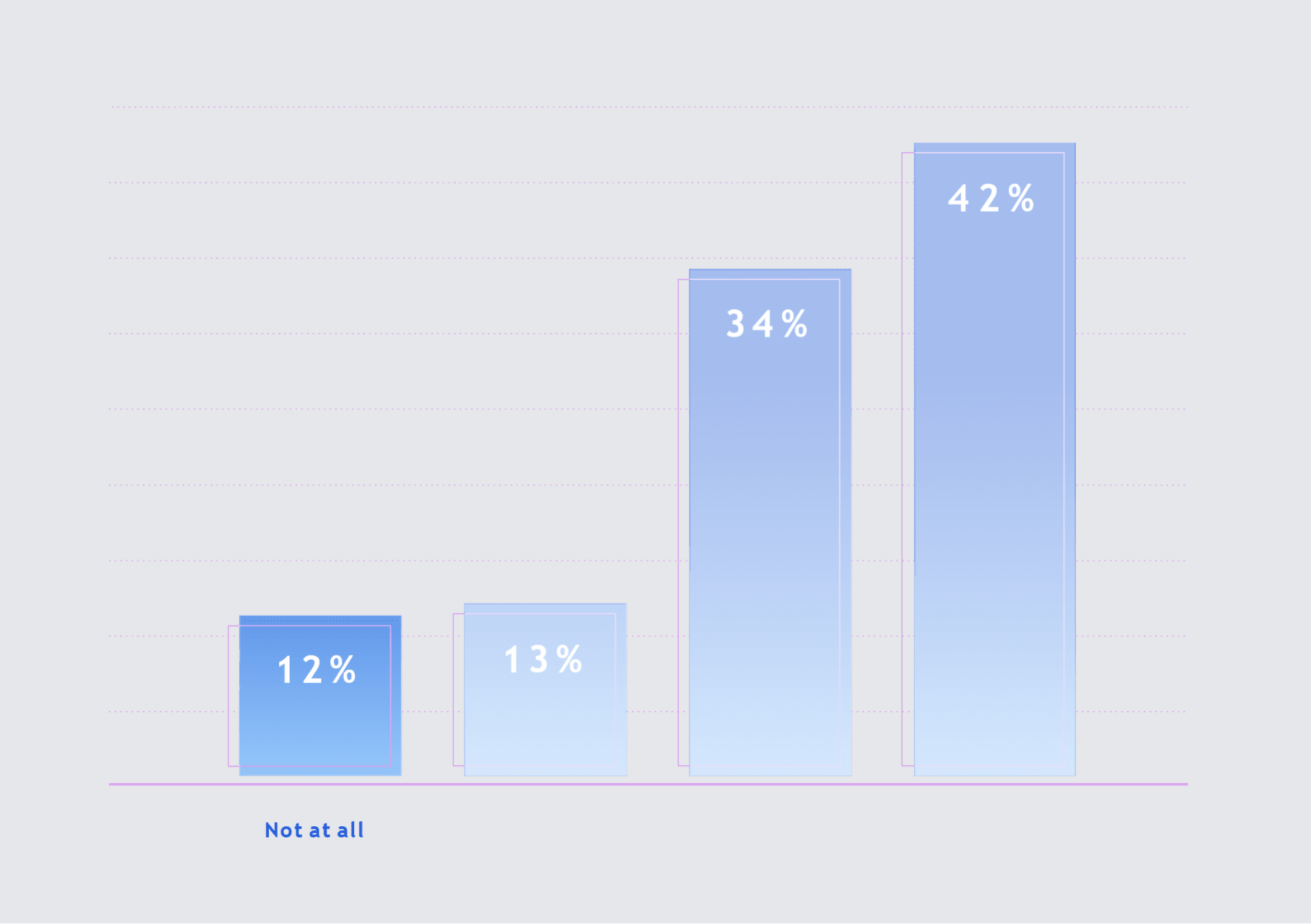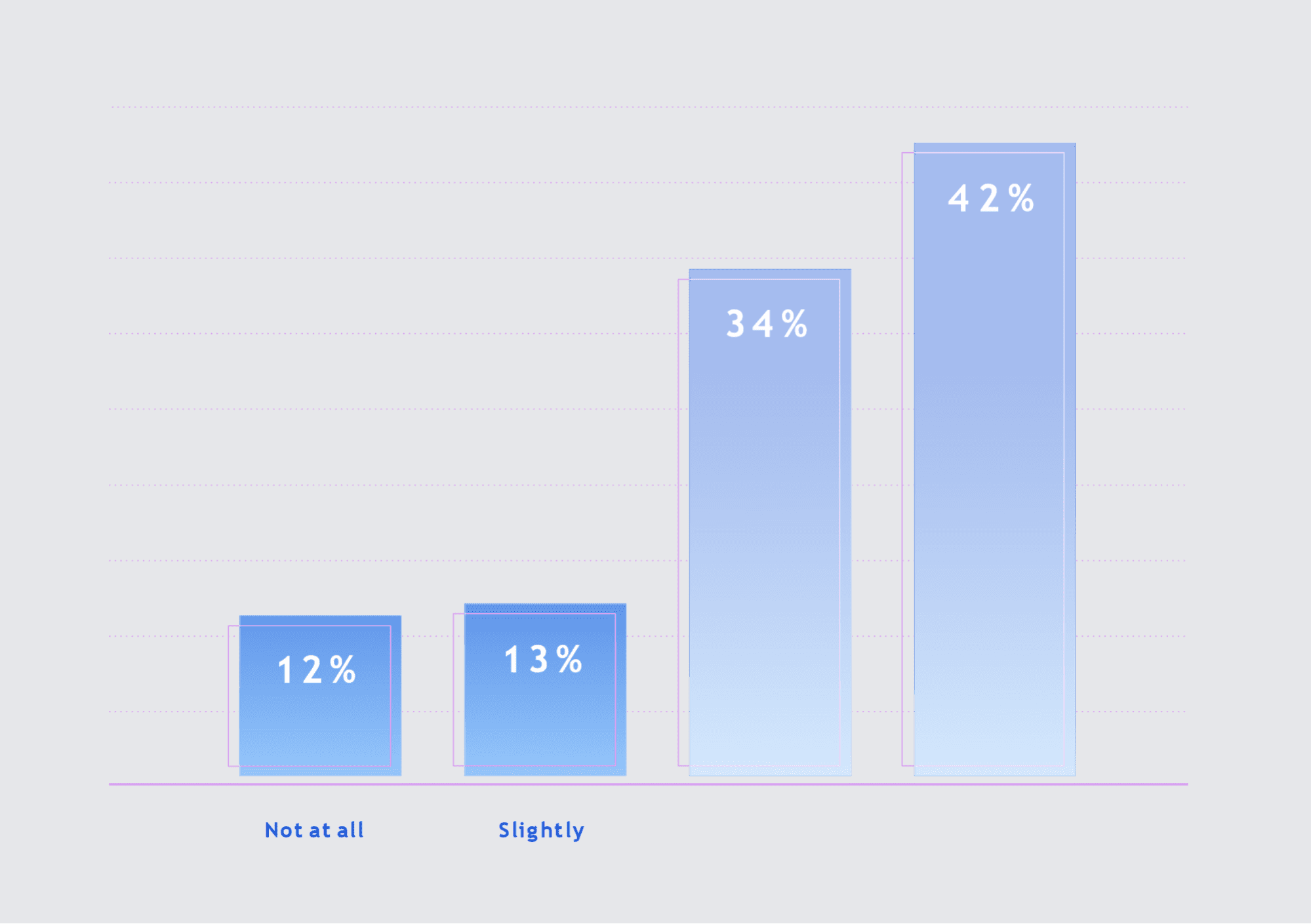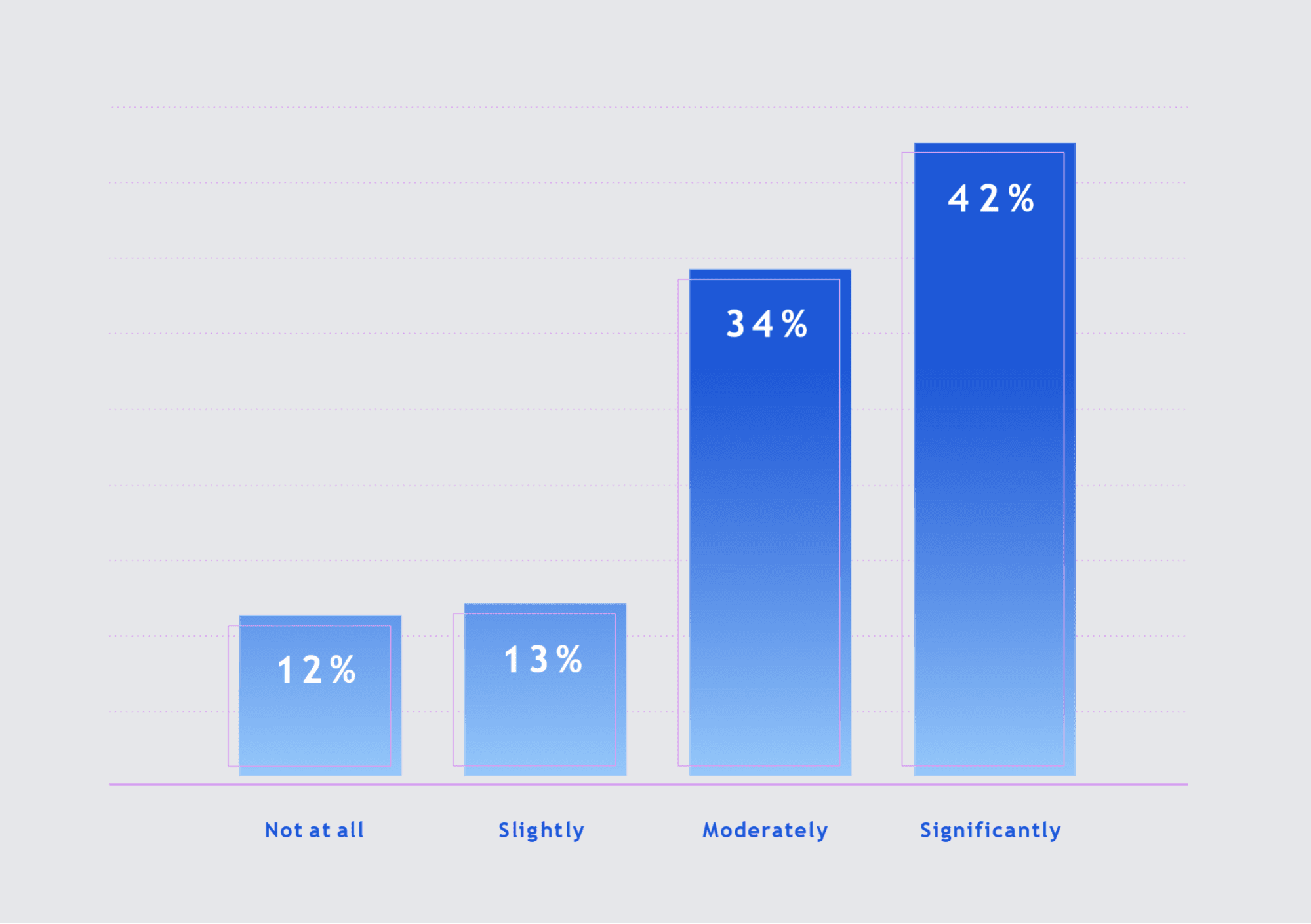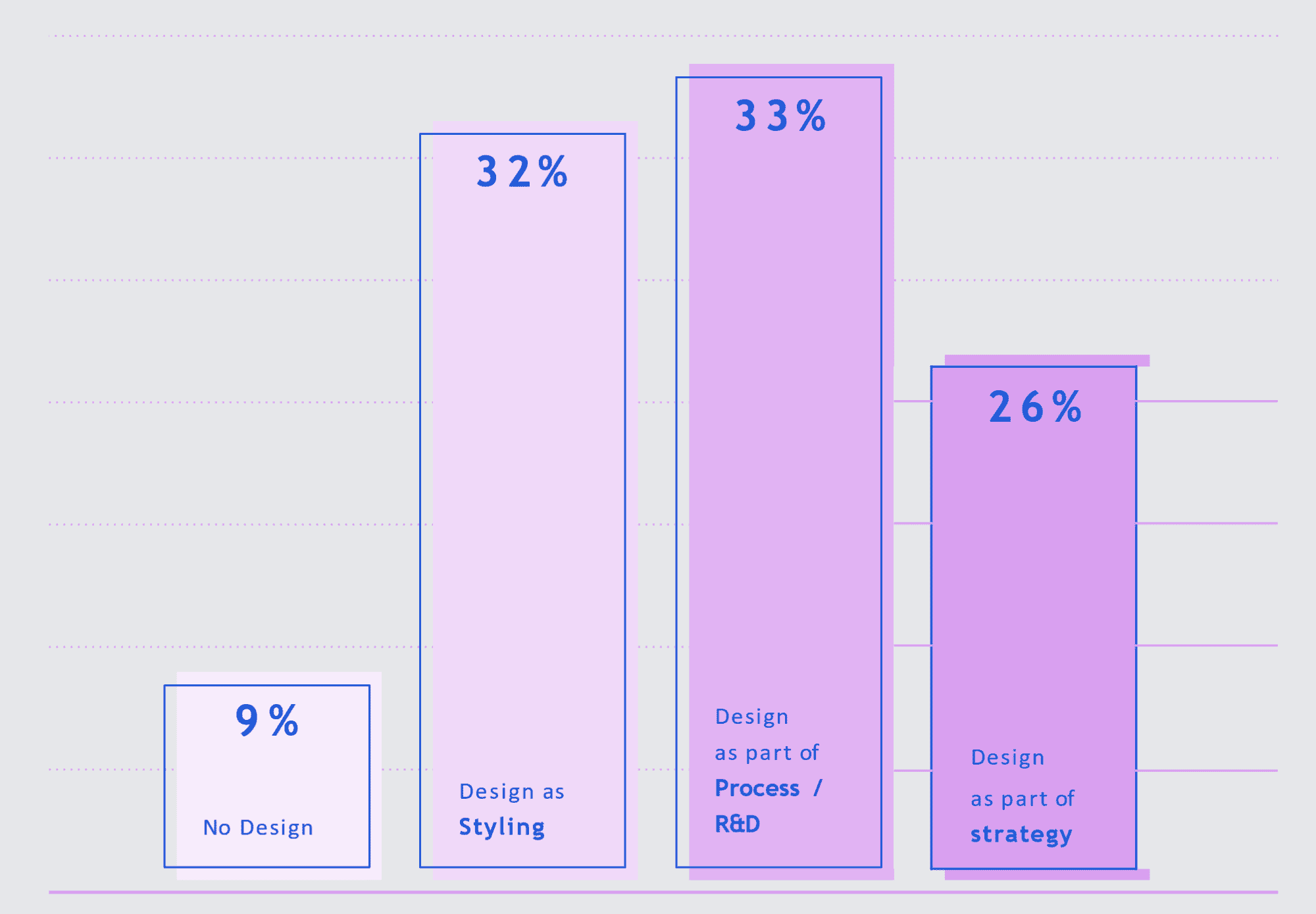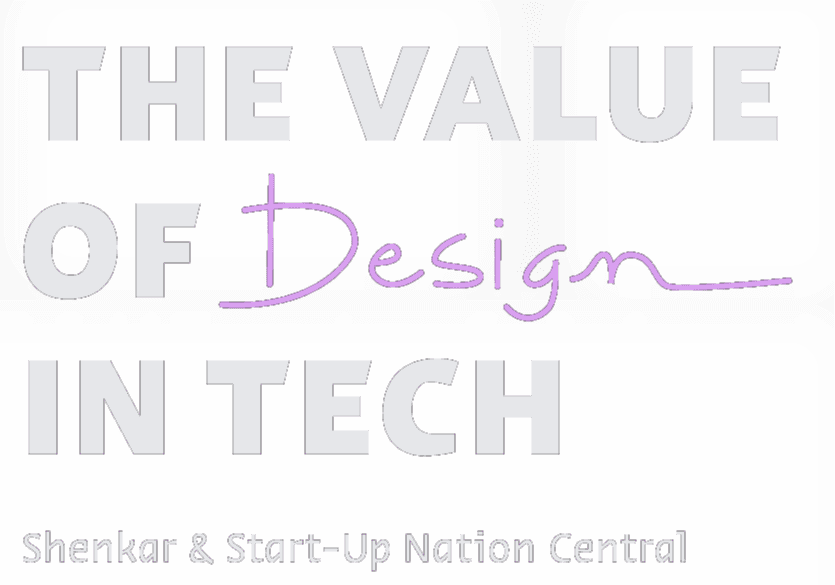B2B still lags behind in the perception towards design
Despite the global trend of design’s rising importance in B2B companies, differences between these companies and B2C companies are still evident. Compared to companies with a B2C model, B2B companies still rank lower in the Design Ladder (few of them state that design is part of their strategy) and on average they state that design is less important to the company’s growth.
These results indicate that there is still room for improvement on the side of some B2B companies to further capitalize on the advantages of design. Melio is an example of a company that did just that; this B2B online payments solution for small businesses describes itself as being "human-centered" and has recruited numerous designers and product people with backgrounds in consumer affairs. 13 Melio recently raised an additional $250M at a valuation of $4B.
Companies facing the challenge of market penetration value design more
One of the surprising findings of the research was how crucial design seems to be for companies that are considering market penetration as a challenge they are facing. The data clearly show that companies facing this challenge as one of their two top challenges better understand the importance of design, both in general and in tackling this specific challenge. And since market penetration is crucial to all companies at some stage and in particular for growth and in the transformation from start-up to scale-up, this finding suggests that companies will do better by incorporating a design mindset from the very early stages.
In an era in which there is a great deal of competition in most products and categories, the design departments in growth companies have strategic importance. In the growth stage, users are at the center of the processes. Design is the engine in value creation for customers, increasing the number of customers and user satisfaction with the company's products and/or services.
Design’s role in market penetration was showcased in multiple ways during our interviews. One of the most important challenges discussed was making sure that new technologies are accessible – creating successful user interfaces and interactions can best be achieved through design. Design helps in gaining consumers’ trust in the company and the product, especially when it comes with new and unfamiliar offerings. This is especially critical for small companies that need to break into the market and will be competing with well-known giants. Another aspect discussed in the importance of making new technologies accessible is the adaptation of products and services to various market segments and creation of user experiences that are relevant to a wide range of audiences.
Idan Segev, Director of UX and Design at Moovit stated that “by ensuring that our design is inclusive and supports a wide range of target users, we are opening a wider gateway to new audiences. Accessibility - for older audiences, disabled users, and users in extreme situations - is particularly important in mobile devices (e.g., font sizes, usability in different weather conditions, etc. ). All of these factors contribute to growing our customer base and supporting our business goals as well as doing what's ethically right."
Lemonade is a great example of a company that puts users at the center of its mission, aiming to become “the most-loved company”. The designer, as a strategist, is required to understand what exists in the current market (customers who hate their insurance companies) and build a multidimensional brand that customers love. Much beyond a functional or technological experience, it's an experience that is meaningful for people.
Nadav Barkan, Head of Design at Fiverr, “many companies understand the value designers bring as deep thinkers, able to explore problems through different lenses and solve complex problems. They extend empathy towards customers and are able to put themselves in the user’s shoes, offering a better understanding of the product. This is why design has taken a more active role within R&D processes in many companies. We are consuming digital and interactive experiences and products so much more frequently than before, and as such, our expectations and standards for user experience have gone up a lot. Design’s role is to make the user’s experience as functional and enjoyable as possible, while conveying the company’s story in a holistic fashion. It’s clear that companies understand that today.”
In our interviews, we observed a growing trend in large companies with the establishment of in-house advertising departments as strategic assets with significant budgets. These budgets are now invested internally to ensure full
control over messaging and content across all platforms. The companies become multi-dimensional brands, and customer loyalty depends on the coherency and reliability of the brand language on all interfaces and touchpoints with the company, which must be strictly maintained.
Adi Shua, Product Manager at Cyberbit: "The customer is very significant in our R&D process. If you move a feature in development without the business view and perspective of a designer who has met with the customer, received their feedback, and learned their needs, the feature can very quickly become worthless. So, the company loses twice: 'wasted' development and dissatisfied customers."
Investors still don’t see the full potential of design
The investors’ survey indicates that investors regard design as a secondary factor versus other success factors like quality of the team, product market fit and technological innovation. This contrasts with a years-long trend in the US where leading VCs have hired designers as “design partners” to support their portfolio companies. Fast Company reported on this as long ago as 2014 in their article, “Why VC Firms Are Snapping Up Designers”. Leading VCs such as Khosla Ventures, Google Ventures, Kleiner Perkins, and True Ventures have turned to design to guide their investment strategies, with designers providing practical help to portfolio companies.
The investors’ perception is supported by the finding that companies for which fundraising is a key challenge regard design as less important. One can assume that if investors perceive design as more important, companies in fundraising periods will put more effort into incorporating design as part of their strategy.











